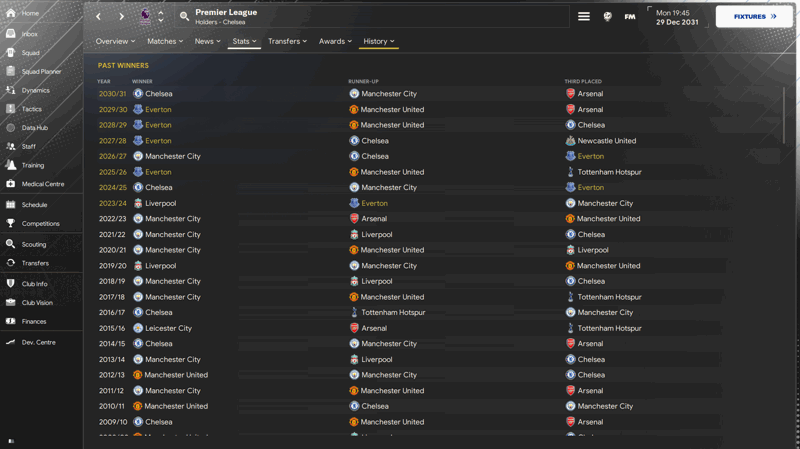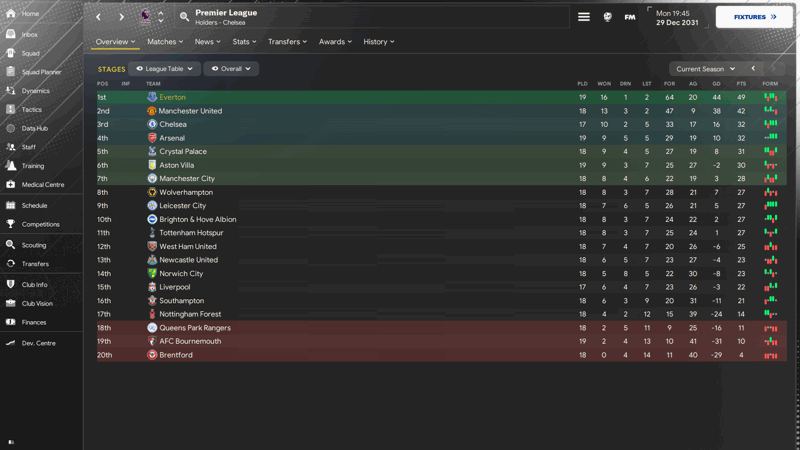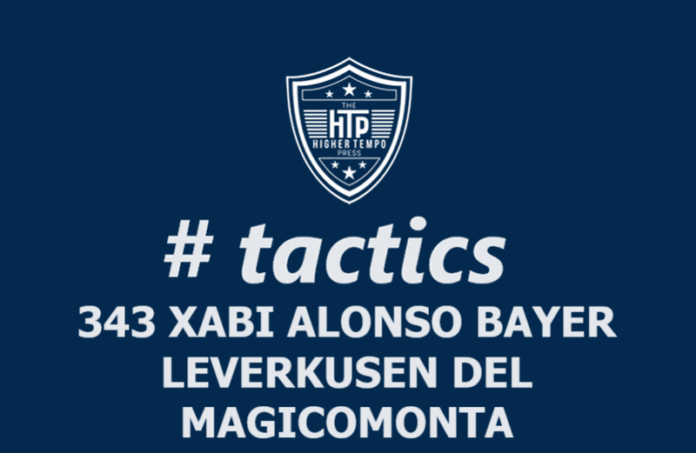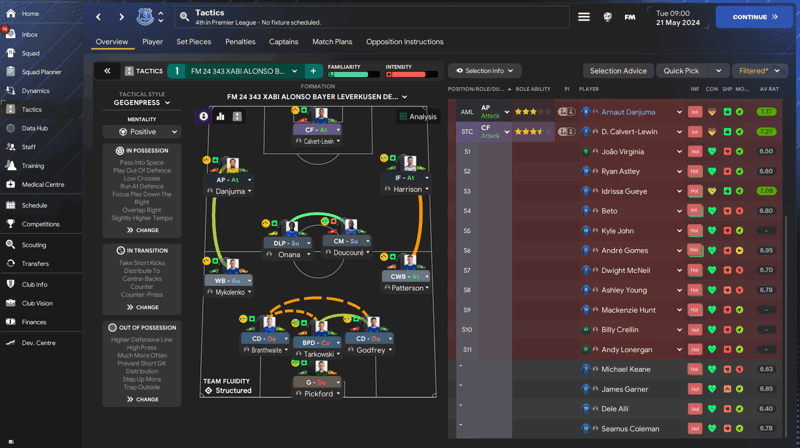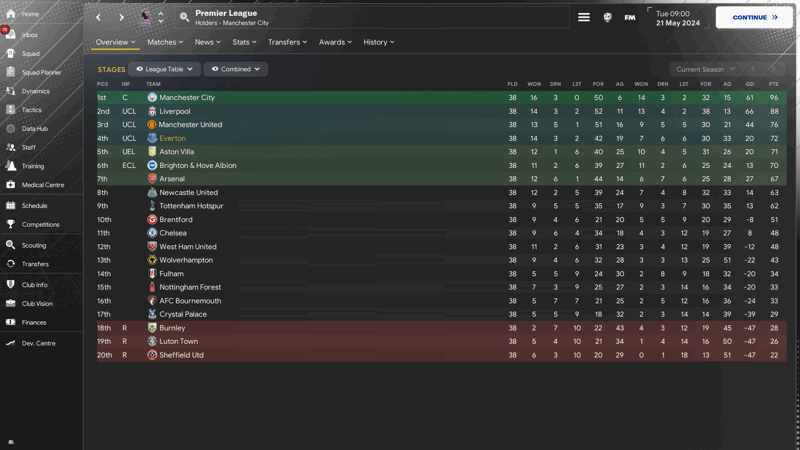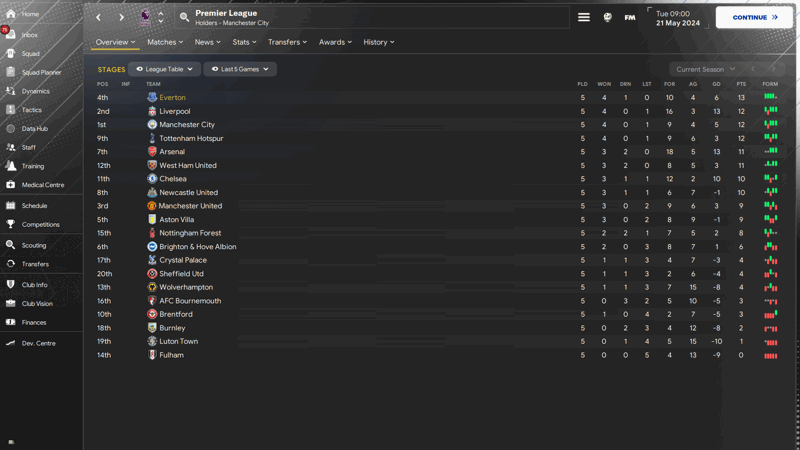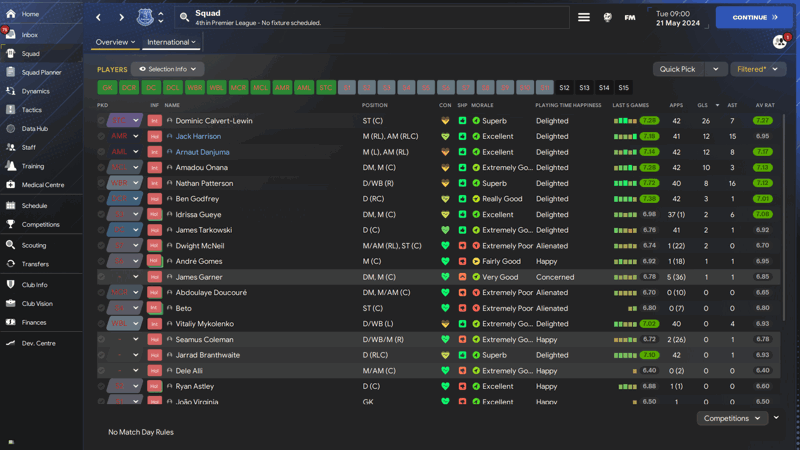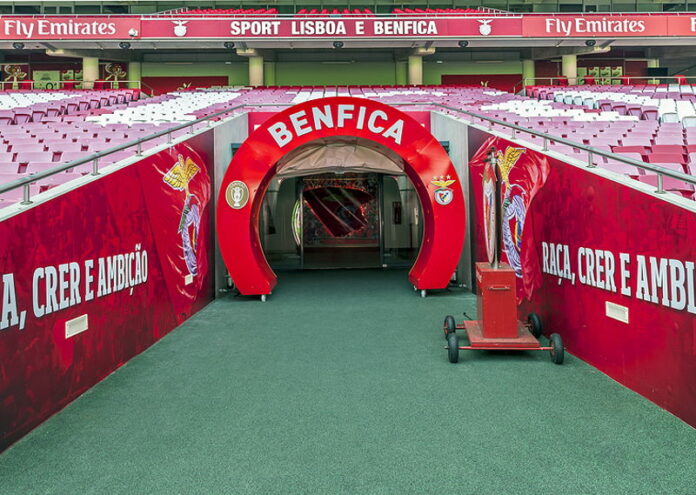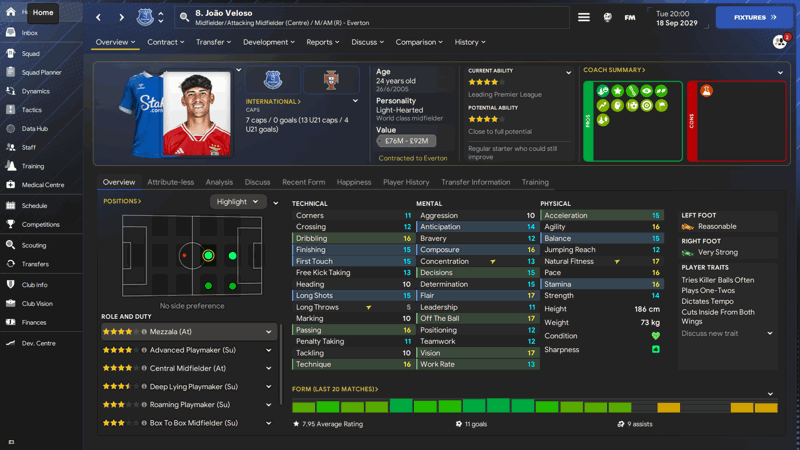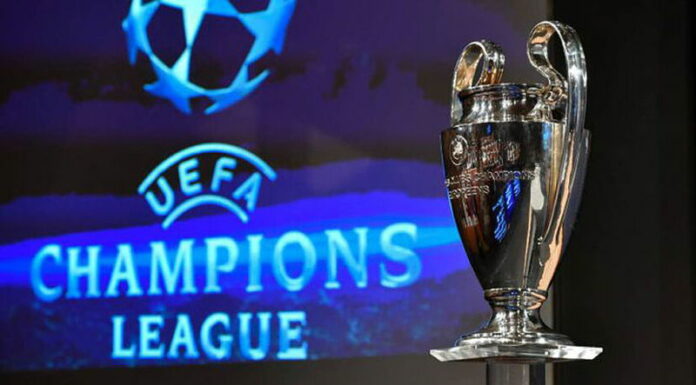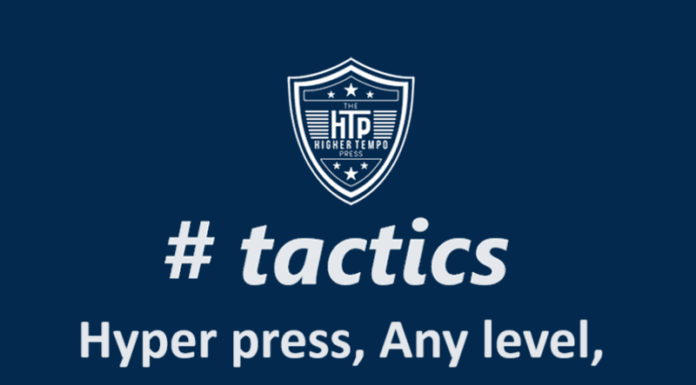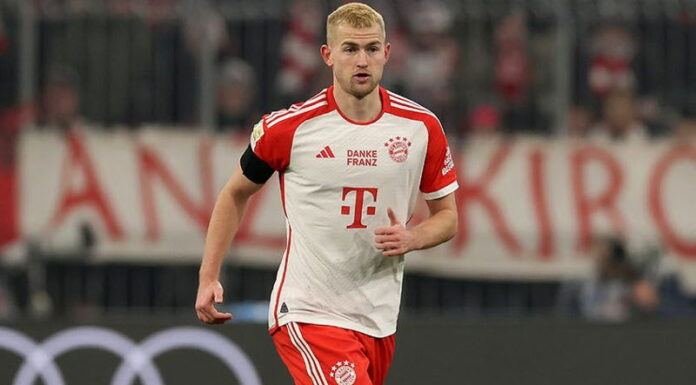The feeling of guiding a wonderkid to superstardom is one of the best you can get in FM24. Certain countries seem to be adept at producing wonderkids, and one of those is Argentina.
Here are some of our favourite Argentinian wonderkids in FM24:
Valentin Barco (Boca Juniors)
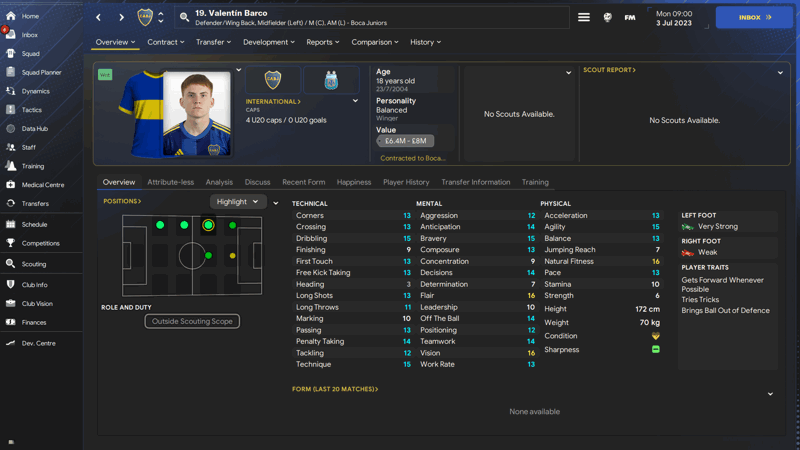
The versatile left-sided star has become something of an FM favourite in recent years. Barco is just 18 years of age, but his stats belie his age, as the youngster seems to have everything in his armoury to become a top player.
The fact that he can play anywhere down the left-hand side of the pitch only adds to the appeal of the teenager.
His ability has been spotted in real life, too, as Premier League Brighton signed Barco from Boca Juniors in the January transfer window for what looks like a bargain fee of around £10m.
However, in FM24, be prepared to pay a little extra to bring in the star, likely around £20-24m. He is worth the money, though, as he generally develops into a top player.
Claudio Echeverri (River Plate)
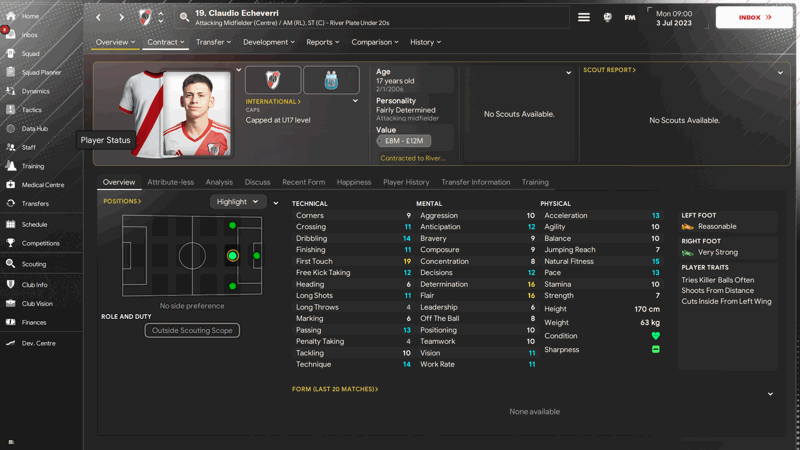
The 17-year-old is regarded as the next big Argentinian talent. Echeverri is another highly versatile player, who can become a vital player for most Premier League teams.
He can play anywhere across the front line, but I have had the most success using him as a number ten. However, he has done a decent job on either flank. He is right-footed but can use his left foot, which is a bonus.
Just like Barco, the attacking midfielder has caught the eye of a Premier League club, as English top-flight champions Manchester City has bought the youngster from River Plate for a reported fee of just £12.5m, plus add-ons. He will, however, stay with his Argentinian club until January 2025.
The highly talented youngster has a release clause in his contract of just £17.5m. If you have the budget to sign him and give him time to develop, the attacking midfielder usually becomes a world-class player.
Valentin Gomez (Velez Sarsfield)
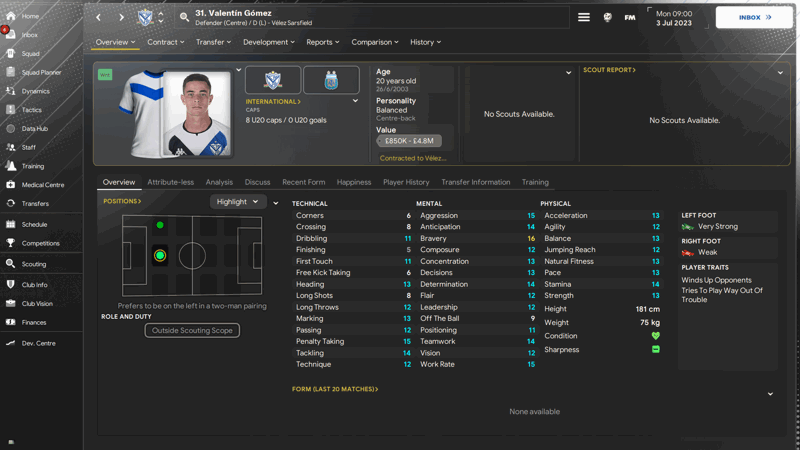
The defender is arguably not as exciting a player as Barco or Echeverri and doesn’t quite have the same high ceiling, but he is still a solid signing.
The Velez defender is slightly older than the first two players on our list. However, at 20 years of age, he has very solid stats, and he tends to develop into a highly reliable centre-back or emergency left-back if needed.
He is one of my go-to players when I am looking to improve my defensive options. The fact that Gomez has a release clause of just £8.5m makes him an absolute bargain.
Facundo Farias (Inter Miami)
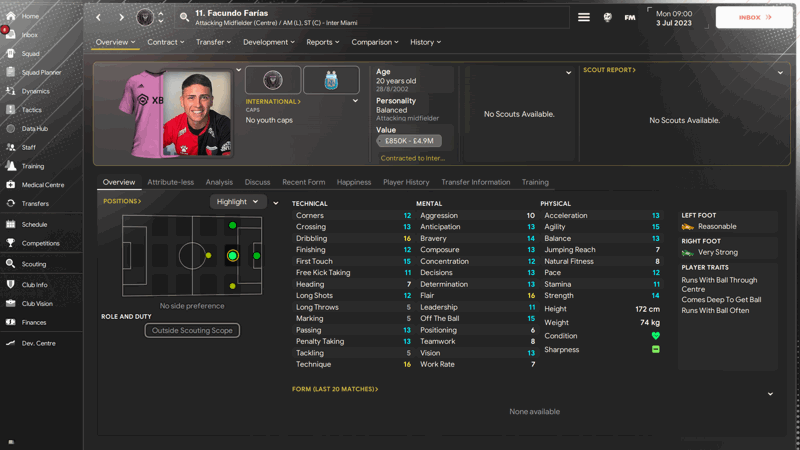
The 20-year-old is another Argentinian youngster with good starting stats and plenty of potential to improve even further.
When it comes to his attacking attributes, his starting stats for dribbling, technique, and flair are all high. Add into the mix that he can play anywhere in the attack, plus as a central midfielder, and you have a bargain.
Farias is a bargain as he can be bought for less than £10m at the start of the game, which is an excellent fee for a player with such high ability and potential.
Gianluca Prestianni (Velez Sarsfield)
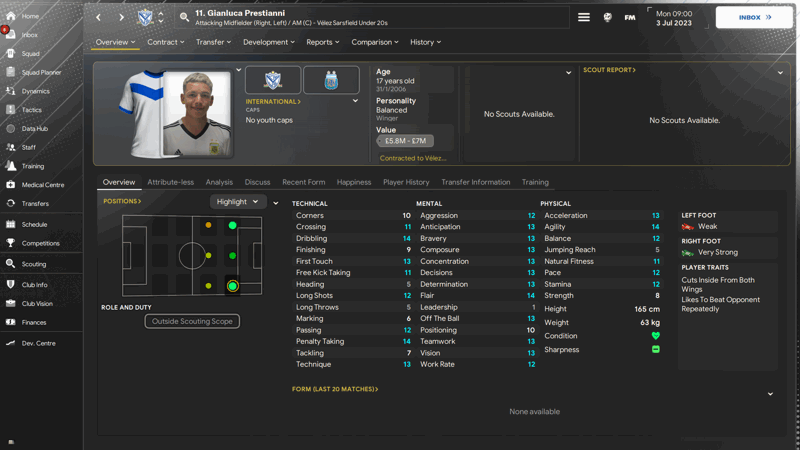
The 17-year-old is another bright starlet at Velez in the tradition of Argentinian attacking players who can play across the attacking midfield positions.
His starting stats are solid for a player of such tender years, and his potential is really good, as he can go on to become a top player at the elite level of the European game.
Valentin Carboni (Monza, on loan from Inter)
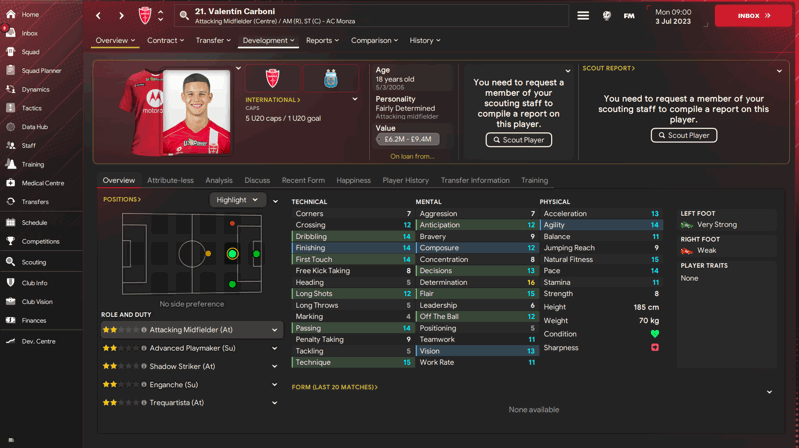
The versatile attacking midfielder’s overall stats are not the best at the start of the game. However, with game experience, he develops very quickly, and his attacking stats are solid at the beginning of the game, as Carboni has 14 finishing, 15 technique and 15 flair.
Unfortunately, Carboni starts the game on loan at Monza, so you can’t sign him until the second season. However, the 18-year-old can be bought for around £20m in the second summer. He can be a big asset for most top-level teams if he is developed well.
Matias Soule (Frosinone, on loan from Juventus)
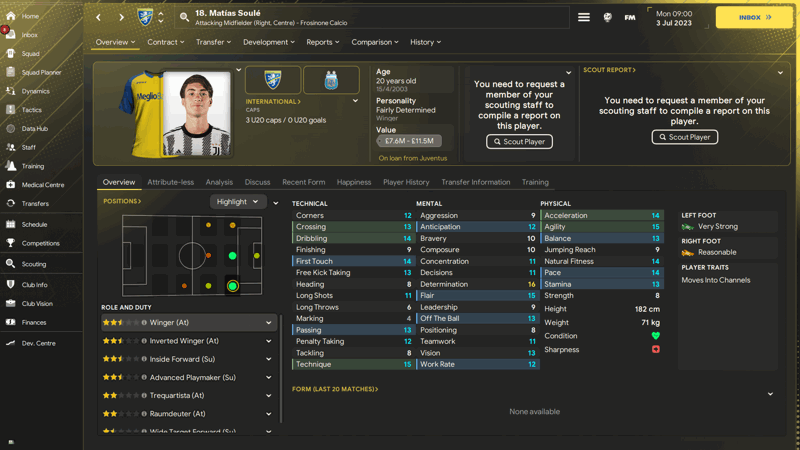
The attacking midfielder is on loan at Frosinone in the first season from Juventus. The 20-year-old has been around for a while as a promising young player.
Soule’s starting stats are decent, and if developed correctly, the attacking midfielder can become an outstanding player for most teams. He is a bright talent, but in the second summer, he can be signed for around £25m, which is not a massive fee for a player that can be part of your team for a decade.
Who is your favourite Argentinian wonderkid?

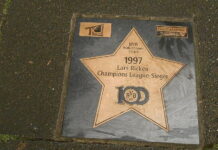
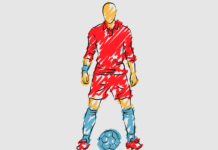
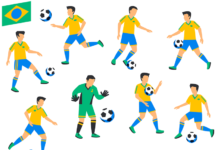
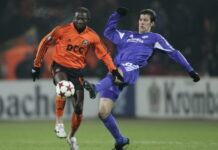
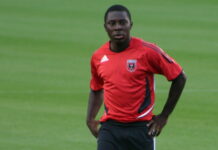
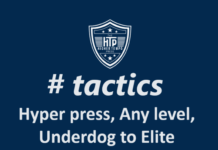
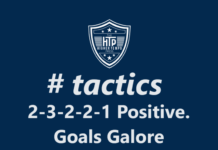
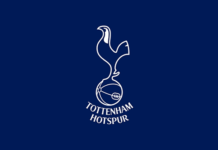
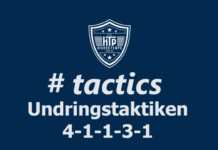





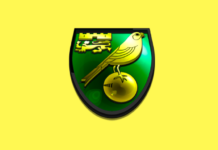



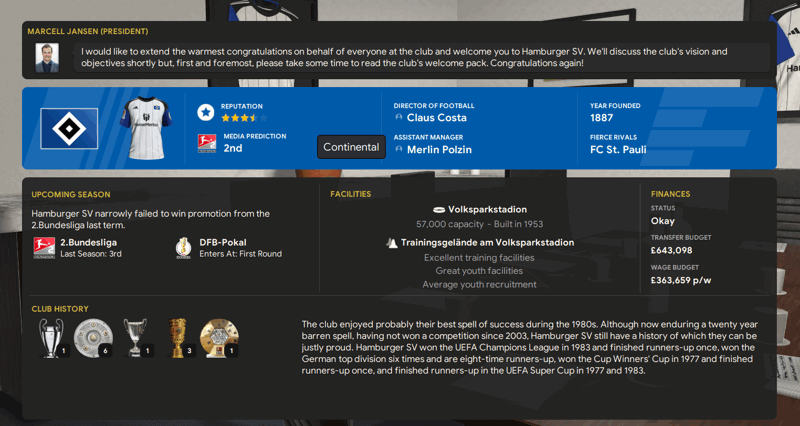
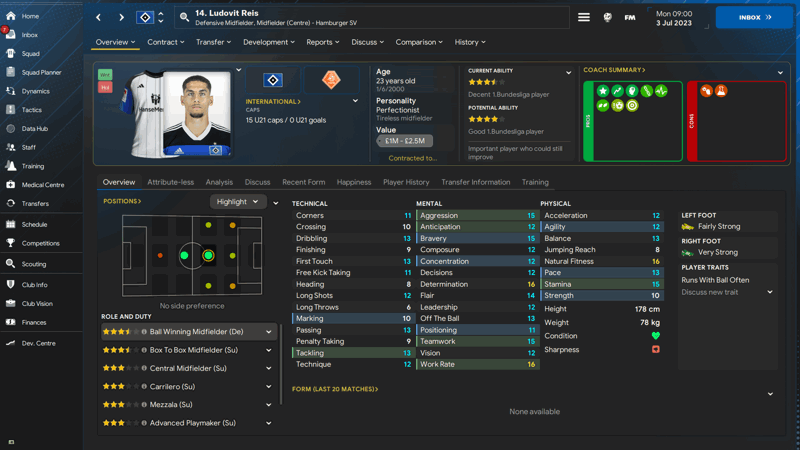
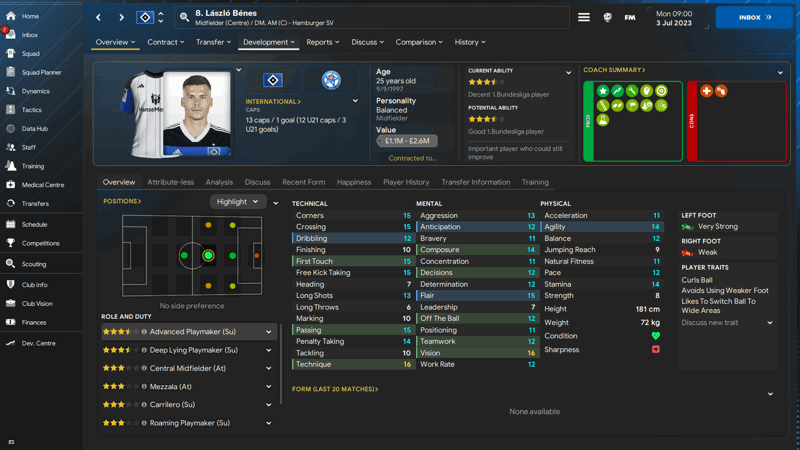
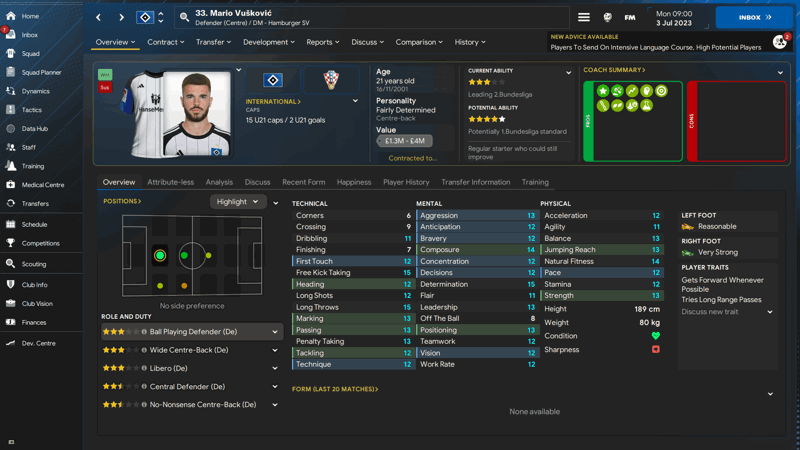
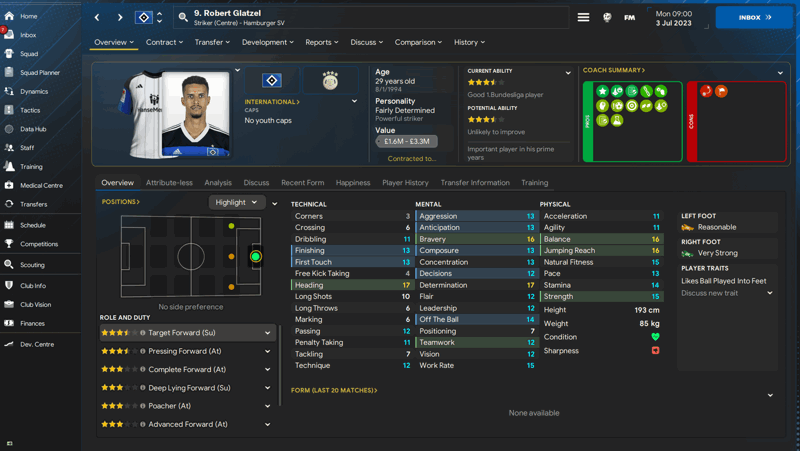
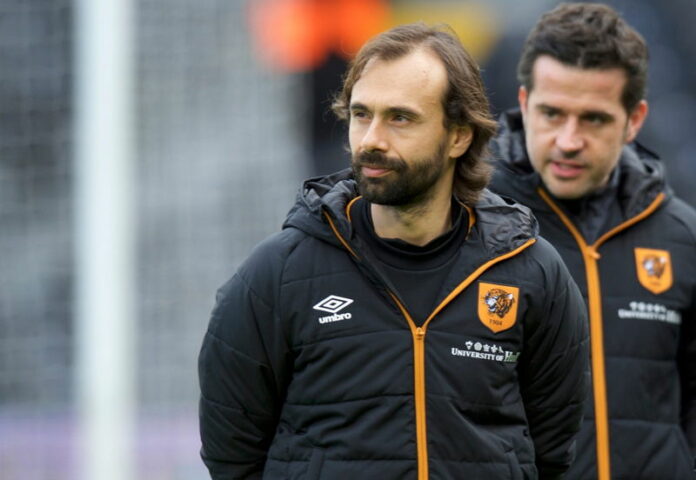
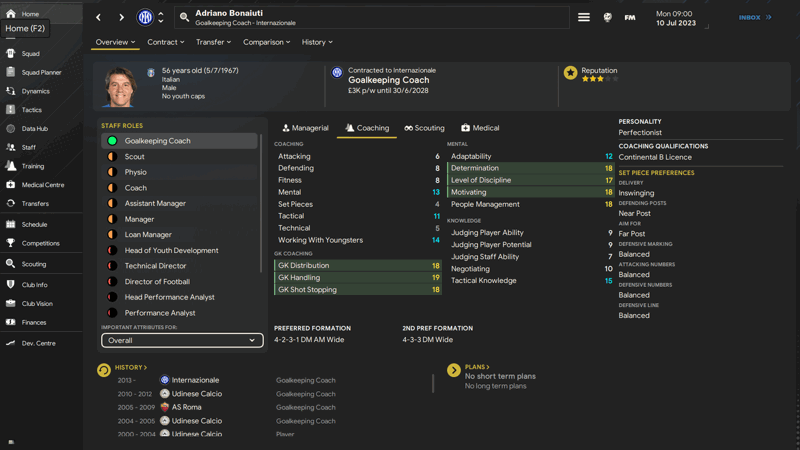
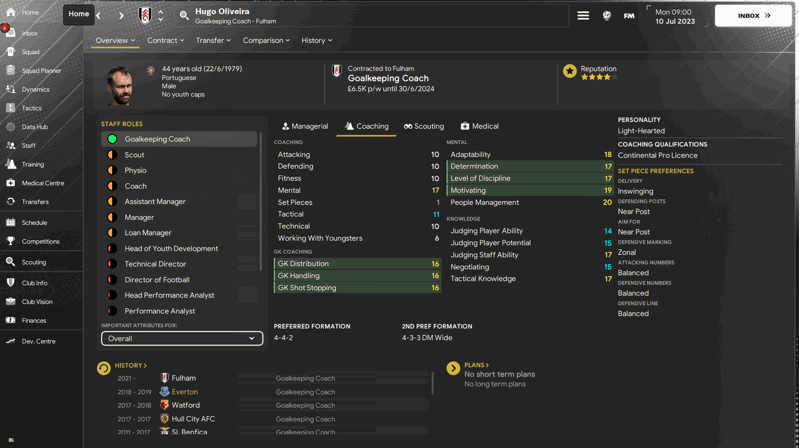
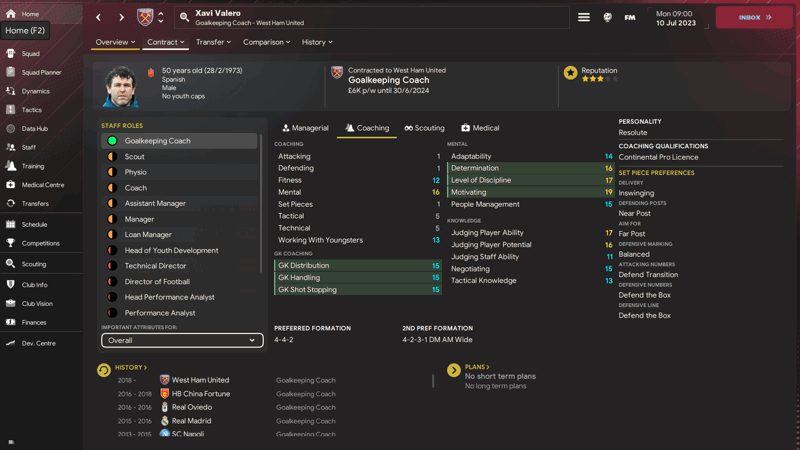
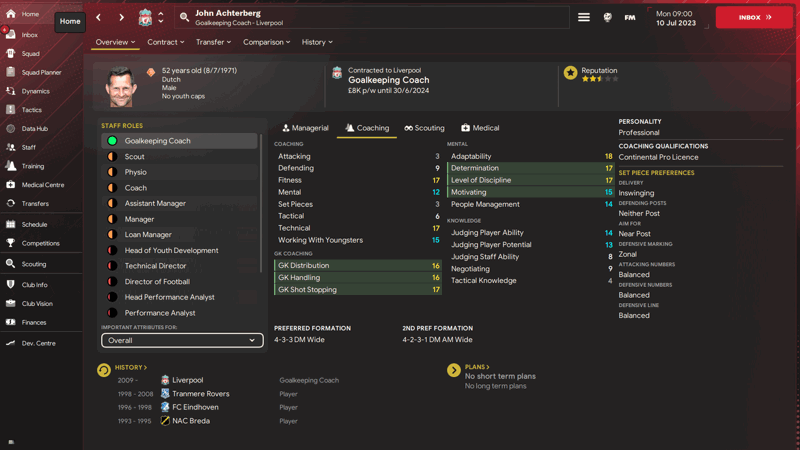
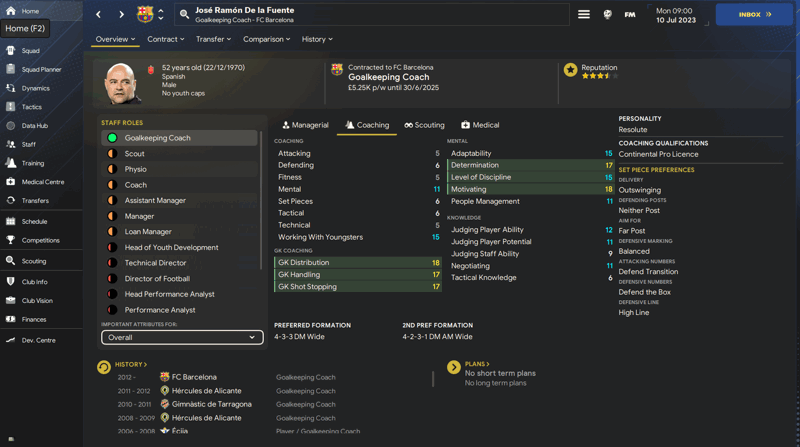
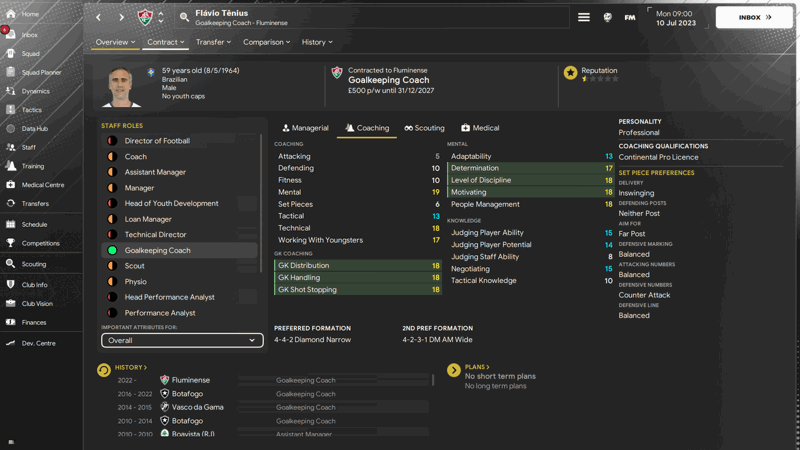
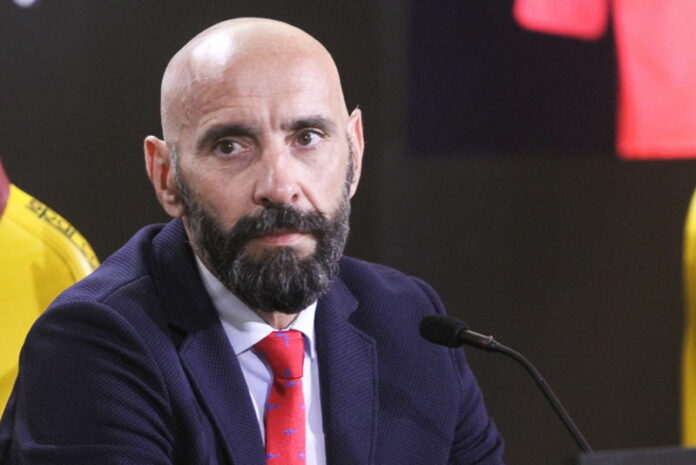
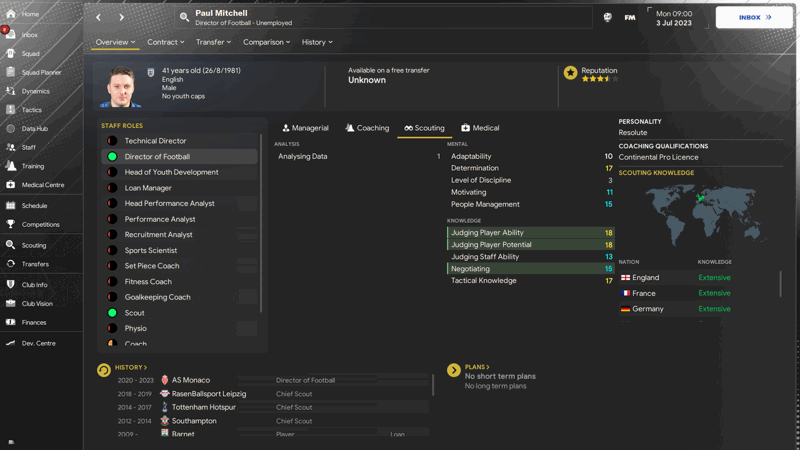
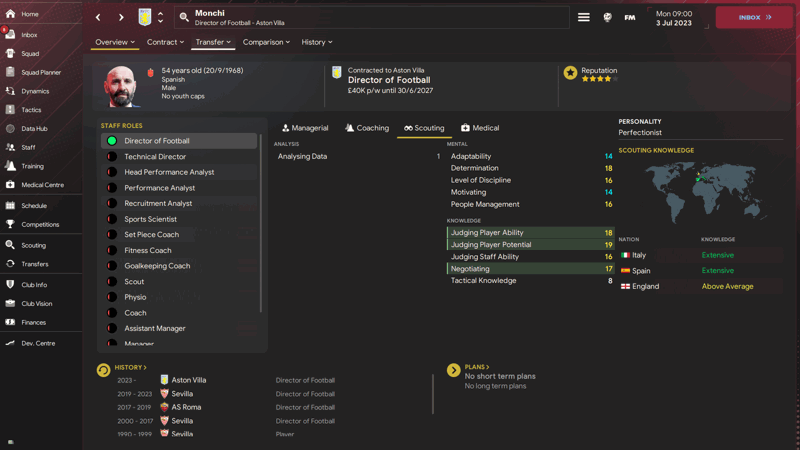
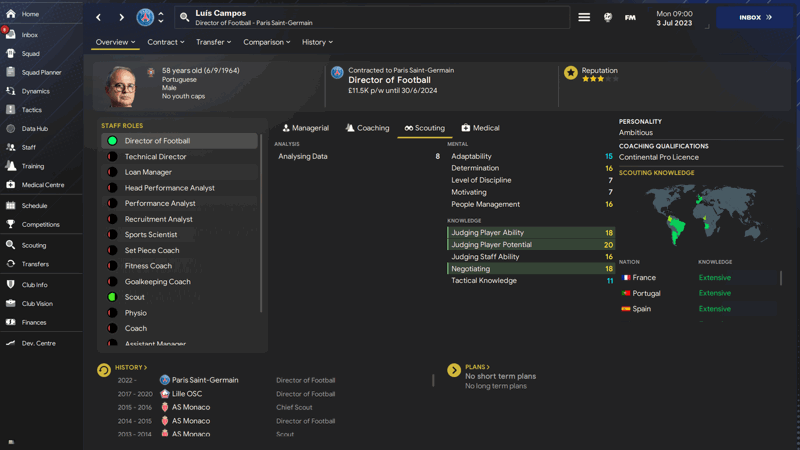
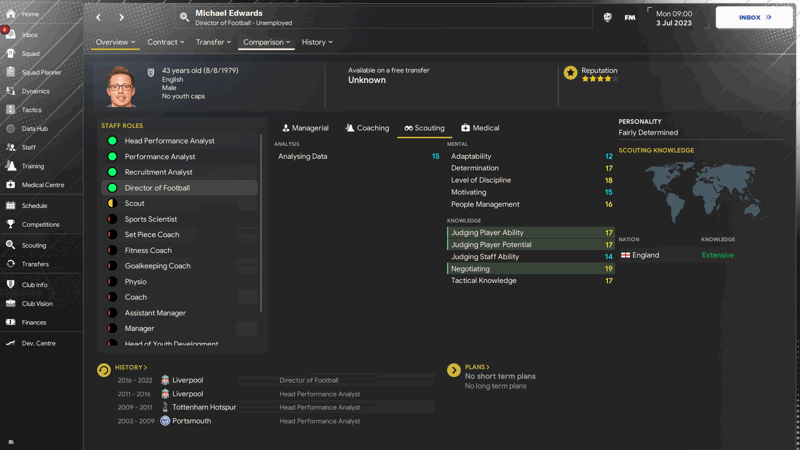
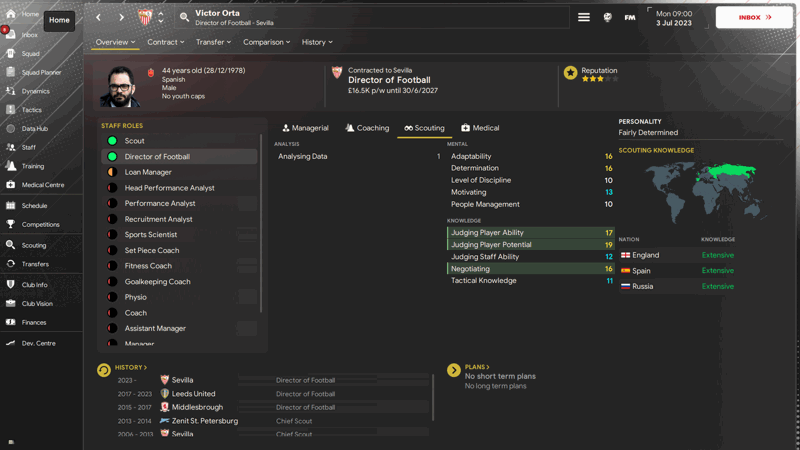
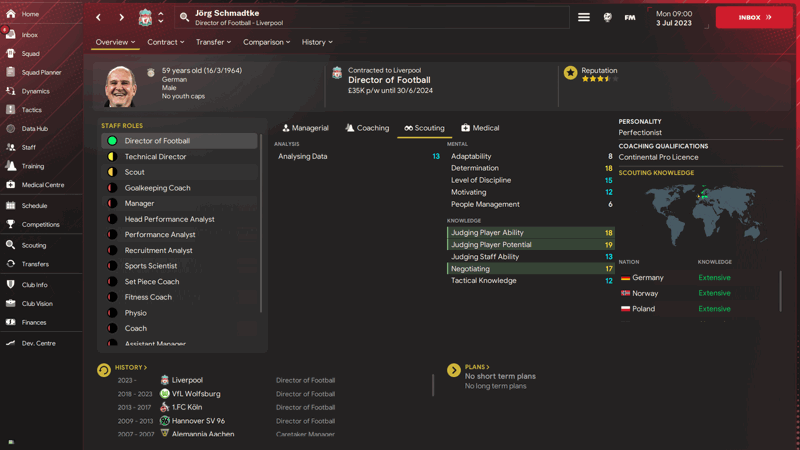

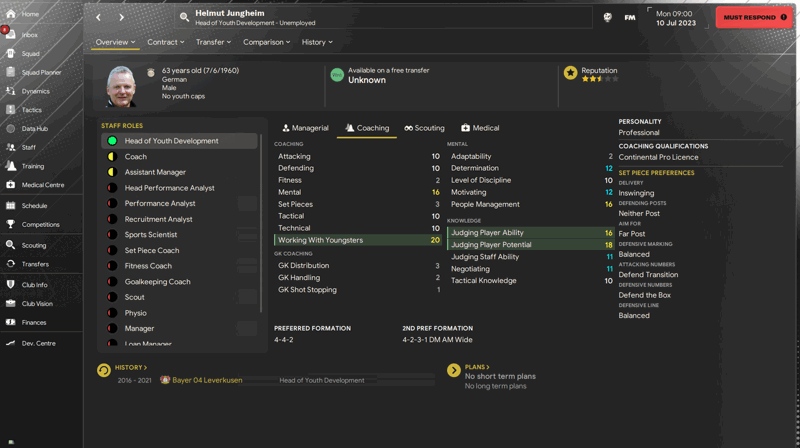
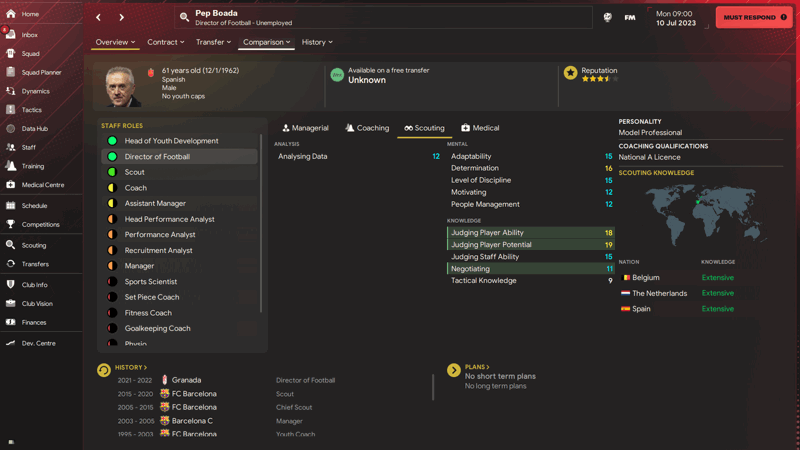
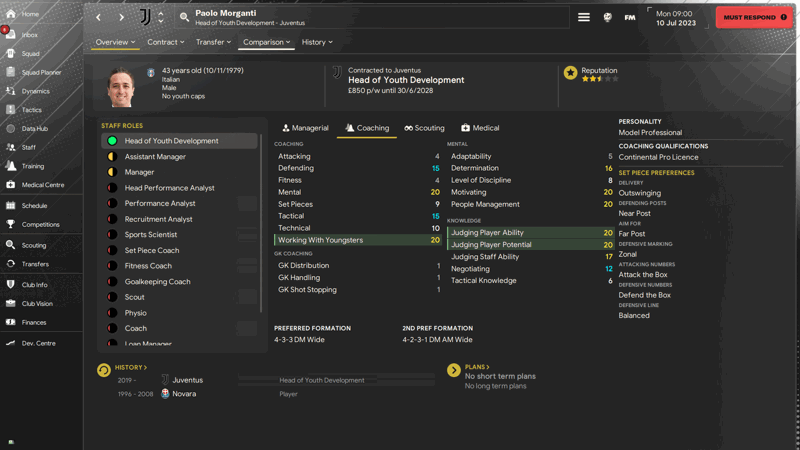
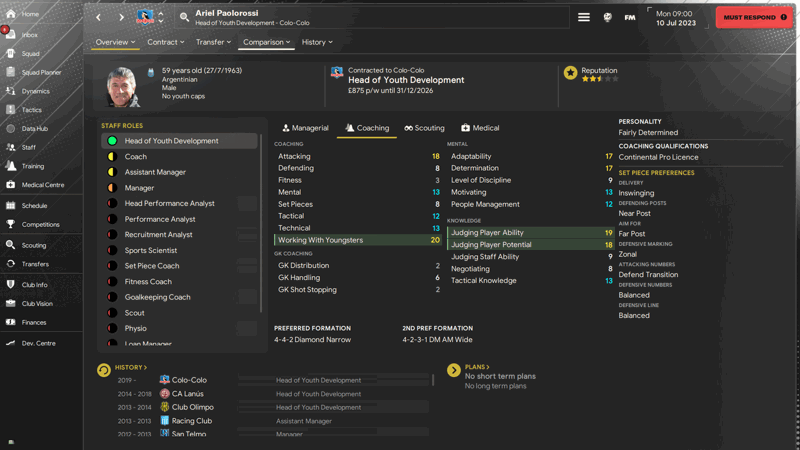
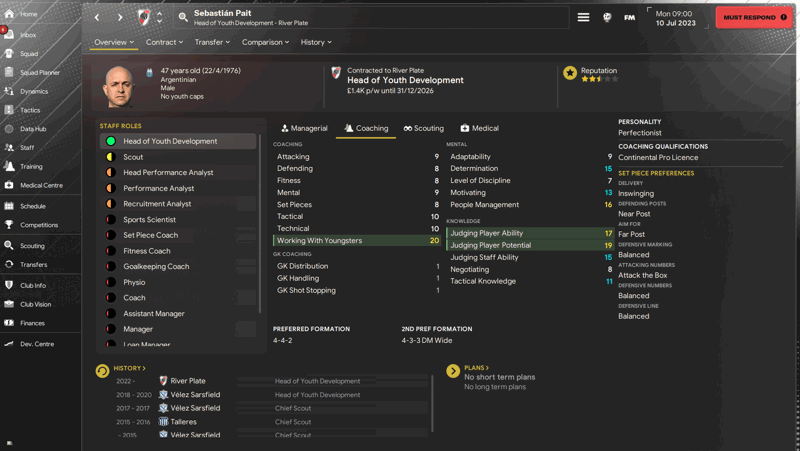
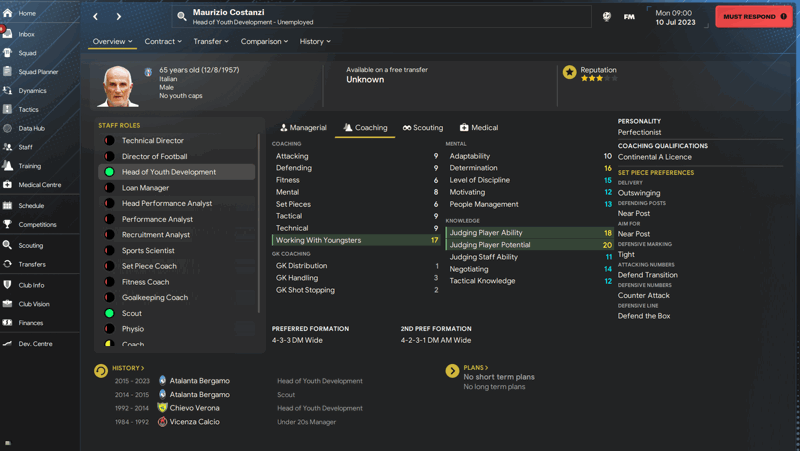
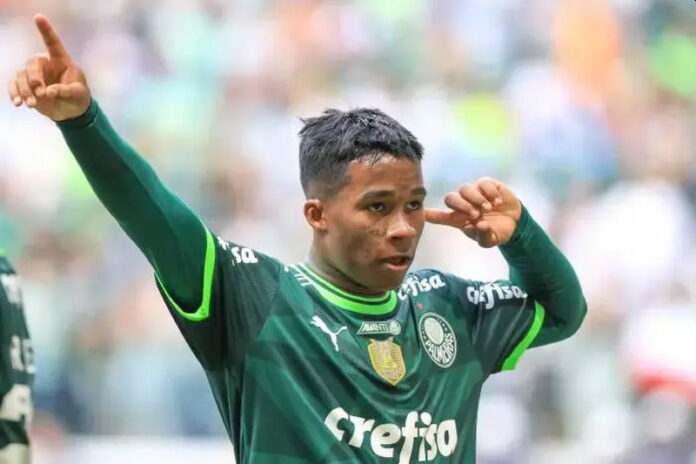
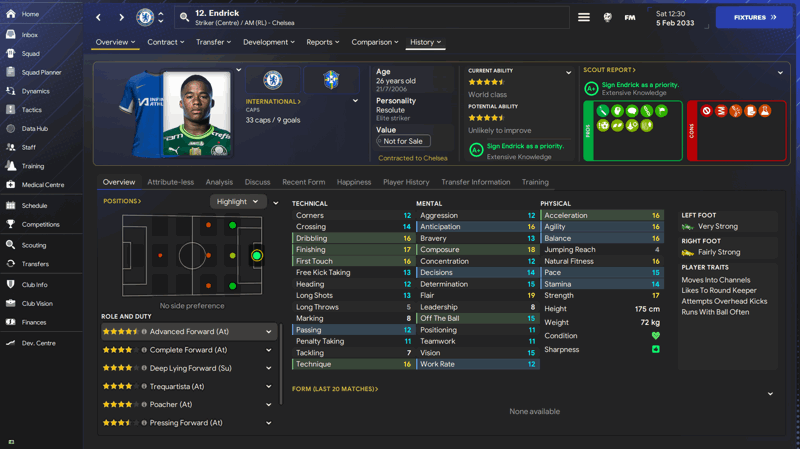
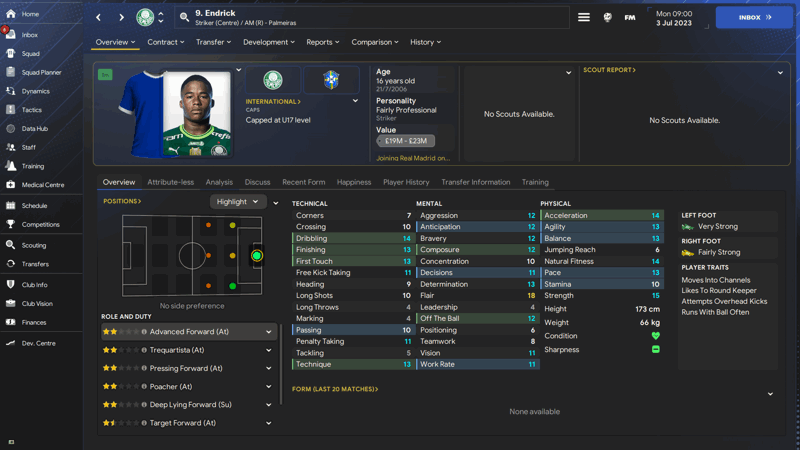
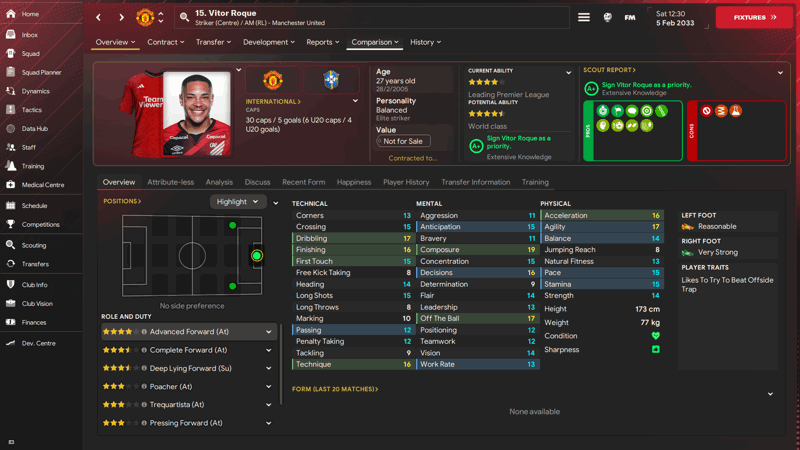
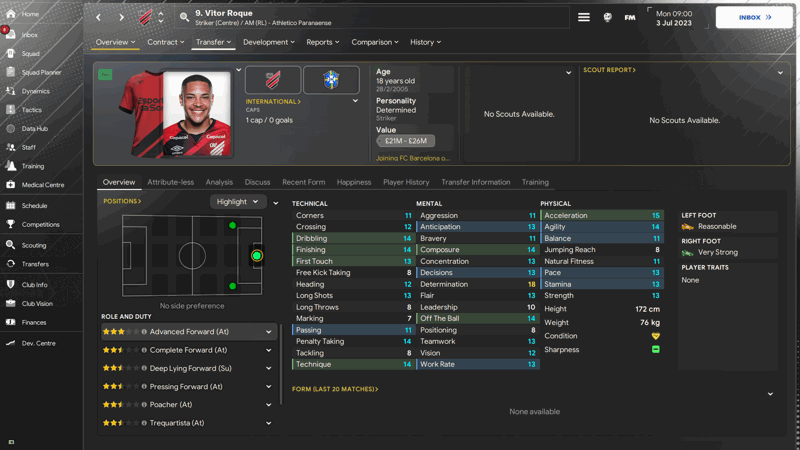
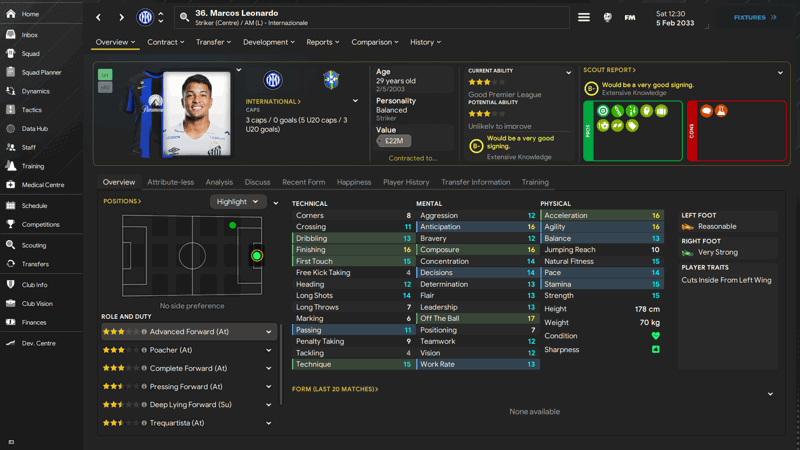
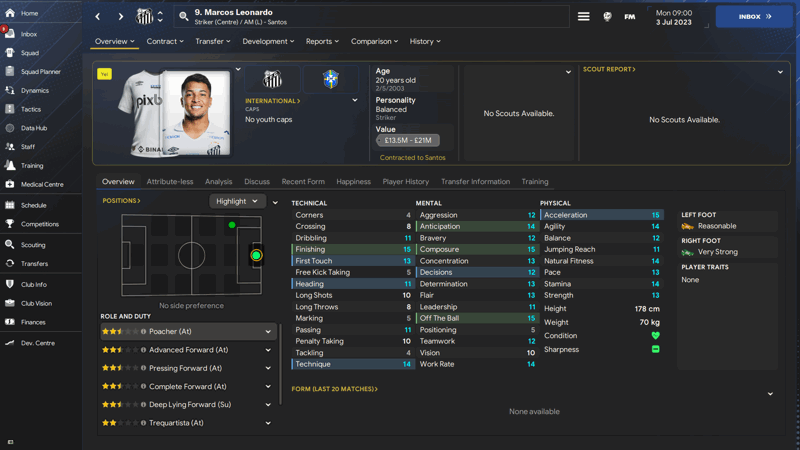
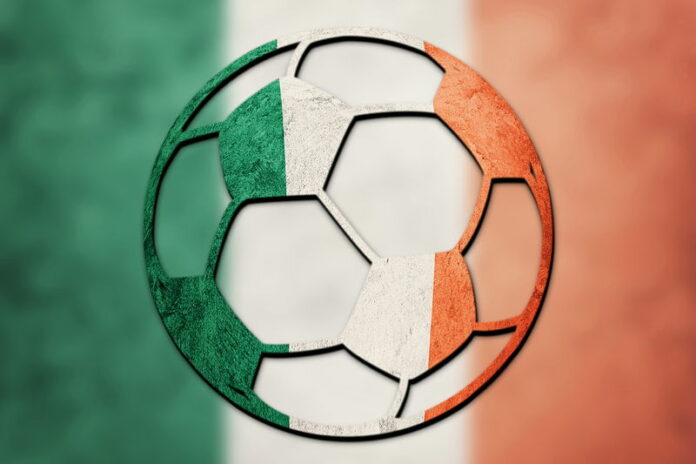
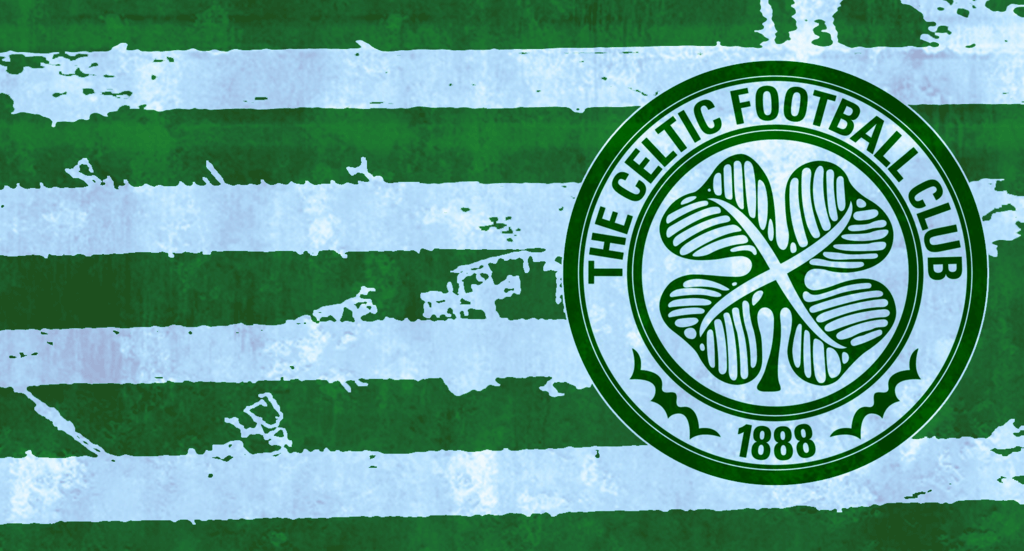 Celtic have built a massive fanbase in Ireland, thanks to their tradition of signing talented players from the Emerald Isle.
Celtic have built a massive fanbase in Ireland, thanks to their tradition of signing talented players from the Emerald Isle.
